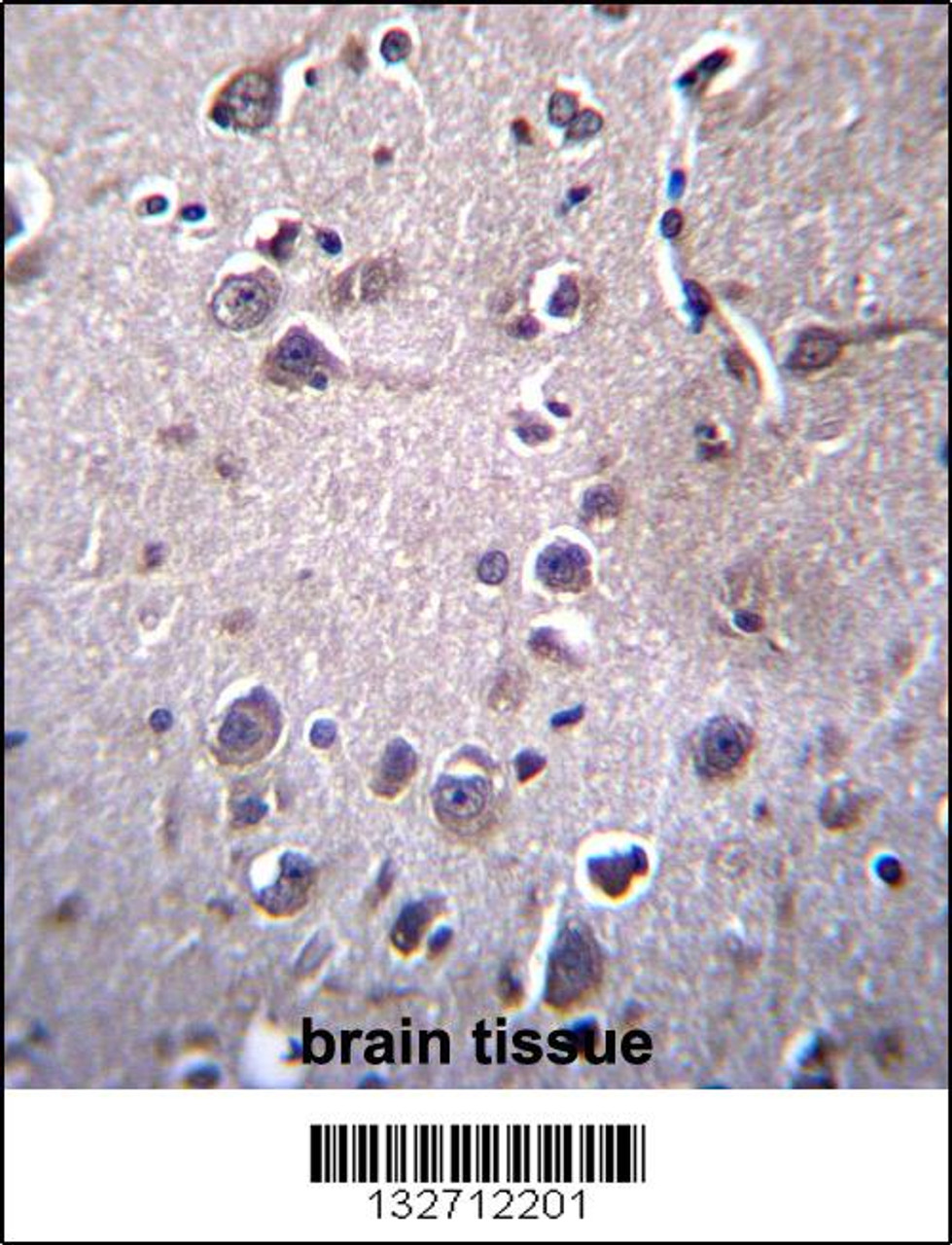Product Description
ITM2B Antibody | 56-894 | ProSci
Host: Rabbit
Reactivity: Mouse
Homology: Predicted species reactivity based on immunogen sequence: Monkey
Immunogen: This ITM2B antibody is generated from rabbits immunized with a KLH conjugated synthetic peptide between 218-247 amino acids from the C-terminal region of human ITM2B.
Research Area: Neuroscience
Tested Application: WB, IHC-P
Application: For IHC-P starting dilution is: 1:10~50
For WB starting dilution is: 1:1000
Specificiy: N/A
Positive Control 1: N/A
Positive Control 2: N/A
Positive Control 3: N/A
Positive Control 4: N/A
Positive Control 5: N/A
Positive Control 6: N/A
Molecular Weight: 30 kDa
Validation: N/A
Isoform: N/A
Purification: This antibody is purified through a protein A column, followed by peptide affinity purification.
Clonality: Polyclonal
Clone: N/A
Isotype: Rabbit Ig
Conjugate: Unconjugated
Physical State: Liquid
Buffer: Supplied in PBS with 0.09% (W/V) sodium azide.
Concentration: batch dependent
Storage Condition: Store at 4˚C for three months and -20˚C, stable for up to one year. As with all antibodies care should be taken to avoid repeated freeze thaw cycles. Antibodies should not be exposed to prolonged high temperatures.
Alternate Name: Integral membrane protein 2B, Immature BRI2, imBRI2, Protein E25B, Transmembrane protein BRI, Bri, BRI2, membrane form, Mature BRI2, mBRI2, BRI2 intracellular domain, BRI2 ICD, BRI2C, soluble form, Bri23 peptide, Bri2-23, ABri23, C-terminal peptide, P23 peptide, ITM2B, BRI, BRI2
User Note: Optimal dilutions for each application to be determined by the researcher.
BACKGROUND: Amyloid precursor proteins are processed by beta-secretase and gamma-secretase to produce beta-amyloid peptides which form the characteristic plaques of Alzheimer disease. This gene encodes a transmembrane protein which is processed at the C-terminus by furin or furin-like proteases to produce a small secreted peptide which inhibits the deposition of beta-amyloid. Mutations which result in extension of the C-terminal end of the encoded protein, thereby increasing the size of the secreted peptide, are associated with two neurogenerative diseases, familial British dementia and familial Danish dementia.
 Euro
Euro
 USD
USD
 British Pound
British Pound
 NULL
NULL












